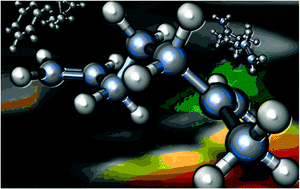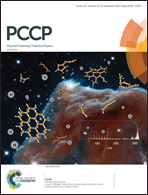Mechanistic details of ethylene polymerization reaction using methallyl nickel(ii) catalysts†
Abstract
The mechanism of ethylene polymerization by means of neutral methallyl-Ni(II) complexes has been studied by quantum chemical calculations. Two isomer complexes having different ligand functionalization at the ortho or para position, and co-activated with trispentafluorephenylborane [B(C6F5)3], were studied according to the Cossee–Arlman's mechanism. Comparison of the reaction mechanism of both isomers shows that energy barriers strongly depend on ligand-functionalization and are mostly due to structural rearrangements. In addition, it was found that para-functionalization can be distinguished by favorable σ-donation whereas ortho-functionalization is more prone to a π back-donation process. Our results concerning the polymerization process for ortho and para isomers not only provide a theoretical perspective of available experimental data, but also explain the experimentally observed higher molecular weight of the methallyl-Ni(II) ortho isomer co-catalyzed by B(C6F5)3, revealing the role of ligand-functionalization in polyethylene production.



 Please wait while we load your content...
Please wait while we load your content...